Healthy Aging by the Decades: Your 60s
In this last part of the series I will share with you what it has meant to me to train for my 70s – and look forward to training for my 80s. The notion of living well today – and creating a healthy and happy tomorrow – is one I am living by everyday in the present. We ARE powerful – if we are conscious of our potential in the present moment. In fact, I have saved the best for last: the issue isn’t getting older – it is getting old.
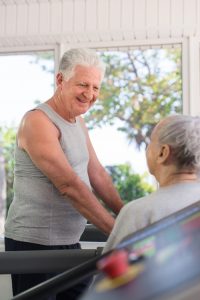
The state of the medical arts
My daily observations confirm that people are indeed “aging badly” and it is only getting worse with the rise of sedentary lifestyles, the ever increasing obesity epidemic, and the growing attachment to our “devices” – those things that continue to rob us of precious time in the present. Medication and drugs now play a crucial role in the world of healthcare. Joint replacement surgeries are on the rise and only increasing in number with each passing day. Our reliance and dependence upon technology to solve our health issues and challenges is a key ingredient in how we are treating “what ails us” today. Specialization has increased throughout the medical profession to the point that we no longer see “our doctor” – we see many doctors. This is the reality of the 21st century and these trends are creating a world that I hardly recognize. I am convinced that the individual is slowly being removed from the process of truly being a partner in his own health decisions and the “system” is becoming overwhelming for all of us.
So what are we to do about this problem of aging healthfully in a world that doesn’t yet recognize the concept of personal wellness while promising “cures” and “quick fixes” through drugs, surgeries, and diets? The internet is full of answers that can now come to us in “the blink of an eye”. Is this the right path to health?
The answer in my mind is ‘NO’, but the truth DOES rest in becoming personally responsible – and accountable – for our own health and lifestyle choices. This power I recognize comes from within not from without, from relying on our ‘self’ instead of others. By taking responsibility and remaining present TODAY, we are giving ourselves the opportunity to determine our own health and fitness futures. This is becoming increasingly difficult in the world of the 21st century and is creating a significant roadblock to progress. Training mentally, physically and spiritually represents our best hope for a healthy future.
Back in 1988, when I “bet on myself” after losing my health insurance and chose the path of the fitness professional, I was not sure what was going to happen to me in the years ahead. I only knew that since I could not afford health insurance on my own, I was going to have to be responsible enough, smart enough, and finally lucky enough to do “it alone” and “take care of myself”. My continuing education in the fitness profession – and commitment to my own health and fitness needs – gave me strength and confidence.
Obviously it worked out for me and the idea that “we are all more powerful than we realize” is one I am willing to “bet on” as well. The notion that we don’t control our health outcomes is false. We are – through our choices – powerful beings, but if we don’t believe it for ourselves then we ARE powerless to change. Changing our minds – and attitudes about our potential – is critical to any positive outcome.
What I learned from my 60s
 The decade of my 60s started evolving from the moment I finished writing my book Healthy Aging and You in 2006. Everything I have done, learned, and applied in my life since that special moment has gone toward becoming the “example of the change I wish to see in the world”. My example is similar to the one Jack Lalanne spent his entire life perfecting and sharing with the world over the course of his 96 years on earth. I see the benefits of healthy aging in my own experience now because I cared to look at the possibilities of my own “inner” power, and at the same time, I acted upon the principles of healthy aging as I understood them in my own life.
The decade of my 60s started evolving from the moment I finished writing my book Healthy Aging and You in 2006. Everything I have done, learned, and applied in my life since that special moment has gone toward becoming the “example of the change I wish to see in the world”. My example is similar to the one Jack Lalanne spent his entire life perfecting and sharing with the world over the course of his 96 years on earth. I see the benefits of healthy aging in my own experience now because I cared to look at the possibilities of my own “inner” power, and at the same time, I acted upon the principles of healthy aging as I understood them in my own life.
My running program, my spiritual practices, and my weight training programs were designed for me to find the message in my own life and be able to crystallize it in my consciousness so that I could share it with the world. I have been training my mind, body, and spirit every day with the hope of making a difference in the world – and bring meaning into my own life. I have been attempting to recognize the potential that resides within me – and embrace the belief that we are indeed the “captains of our own ships”. It is up to each of us to decide the direction our lives will take – and it all begins with choice.
The decade of my 60s has shown me that I am capable of far more than I ever dreamed possible. This message was driven home to me through my running program. By taking a “leap of faith” one day in the fall of 2015 I found out that I am fully capable of running at a 5 minute per mile pace on the treadmill and am able to sustain that pace over time. The goal of running a 6 minute mile on my 80th birthday is now REAL in my consciousness because I learned I CAN run faster than that as demonstrated in my training runs in my 60s.
I could never have learned this important lesson about myself had I continued to run outside on the roads – it would not have been possible for me to achieve. BELIEF in oneself is CRUCIAL to any positive growth in life and this is true regardless of the form it takes. I now believe in my potential for great things because I finally believe I am not only capable of great things – but I deserve them as well. I get to live the best life has to offer now as I approach my 70s – and beyond – because I wanted to be an example of what is possible so badly. I never gave up on my vision. You too can have this – but you have to first believe – and then ACT upon your belief.
Some suggestions for your 60s
- You are NEVER too old to start again.
- You are never “out of the game” unless you choose to remove yourself from it first. (Quitters never win and winners never quit)
- It is never over until you say it is over.
- How LONG we live is irrelevant as long as we get to live the life we choose.
- Life is precious and cannot be “replaced” with something better because there is NOTHING better than being truly ALIVE.
- We each count and it matters what we do, believe, feel, think, and dream. Dreaming and thinking ARE life in action.
- I am convinced Jack Lalanne was right. Through his example – and the example of others I truly respect and admire such as John Wooden, Vin Scully, Chick Hearn, Bob Hope and Nelson Mandela, I have realized that we are truly unlimited in our potential because our minds are unlimited in their potential. It is in remaining committed to our own purpose – and our own health and fitness needs – that we not only survive – but THRIVE.
- Training mentally, physically and spiritually every day is the only REAL answer to our health challenges – including the obesity crisis.
- Being conscious – and learning to remain conscious every day – is our responsibility and obligation – if we are to age healthfully. This is now my own belief.
- The world of modern technologically driven medicine is going to have to “catch up” to the world of wellness but I believe it is possible – if the conversation is established – and maintained – by those who truly care about improving health outcomes in the world of the 21st century. I am committed to being a part of this conversation for the remainder of my life.
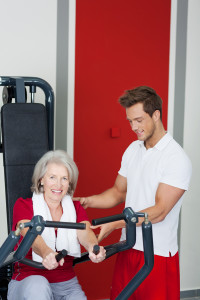 In summary
In summary
This series has attempted to shine the “light of truth” on a very complex and puzzling challenge – the issue of healthy aging in the 21st century. In a technologically driven world we are constantly being asked to believe in ourselves and yet are given precious little confirmation of the real value of this idea. We are sitting our way to ill health and are being overloaded with information in a world that is increasingly becoming angrier and more frustrated and frightened with each passing day. Where is the hope in this picture?
It is my hope that through changing ourselves FIRST we can ALL become examples of the change we wish to see in the world. This is purpose and hope enough for me. I do not want to argue about my thoughts on this subject – I simply want to share them and let others decide if they are worthy of consideration. It is my own personal goal to continue what I started in my 50s and 60s: to develop and perfect the idea of what it means to me to age healthfully and continue to share what I have learned with others until my life ends. The rest is not in my hands. The world will change – or not.
Take time today to consider your own path in life and remember to be patient and loving toward your ‘self’ – and grateful and forgiving as well. The two cornerstones of my life – gratitude and forgiveness (and of course love) – are always guiding me in my choices for the day. I do not know what tomorrow will bring – I only know that today well lived is its own reward. Sail well!
You can read the previous articles in this series by clicking on the links below:
Originally printed on HealthyNewAge.com. Reprinted with permission from Nicholas Prukop.
Nicholas Prukop is an ACE Certified Personal Trainer & a Health Coach, a fitness professional with over 25 years of experience whose passion for health and fitness comes from his boyhood in Hawaii where he grew up a swimmer on Maui. He found his calling in writing his first book “Healthy Aging & You: Your Journey to Becoming Happy, Healthy & Fit” and since then he has dedicated himself to empowering, inspiring and enabling people of all ages to reach for the best that is within them and become who they are meant to be – happy, healthy and fit – and be a part of a world where each person can contribute their own unique gifts to life.

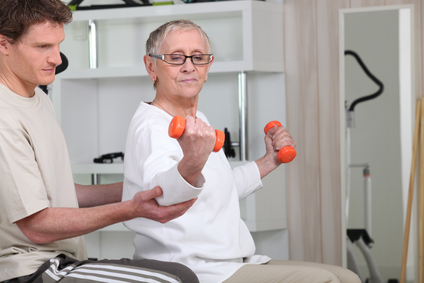
 Another concern people with neuro-degenerative diseases face is coming to terms with diminished physical abilities. If a person with Parkinson’s has had an active and athletic past, it may be difficult to acknowledge what the body can no longer do. Seeing others at later stages of Parkinson’s may dissuade someone from attending an exercise group that could slow down the progression of the disease.
Another concern people with neuro-degenerative diseases face is coming to terms with diminished physical abilities. If a person with Parkinson’s has had an active and athletic past, it may be difficult to acknowledge what the body can no longer do. Seeing others at later stages of Parkinson’s may dissuade someone from attending an exercise group that could slow down the progression of the disease.
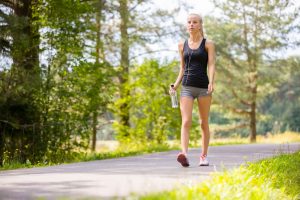 When was the last time you walked? I mean REALLY walked?
When was the last time you walked? I mean REALLY walked? The Optimal Stride for Fascial Fitness
The Optimal Stride for Fascial Fitness

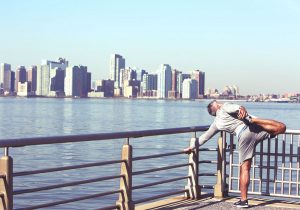 Since Type 1 diabetics are prone to experiencing hypoglycemia after prolonged aerobic expenditure, a single 10-second sprint could help retain healthy sugar levels.
Since Type 1 diabetics are prone to experiencing hypoglycemia after prolonged aerobic expenditure, a single 10-second sprint could help retain healthy sugar levels.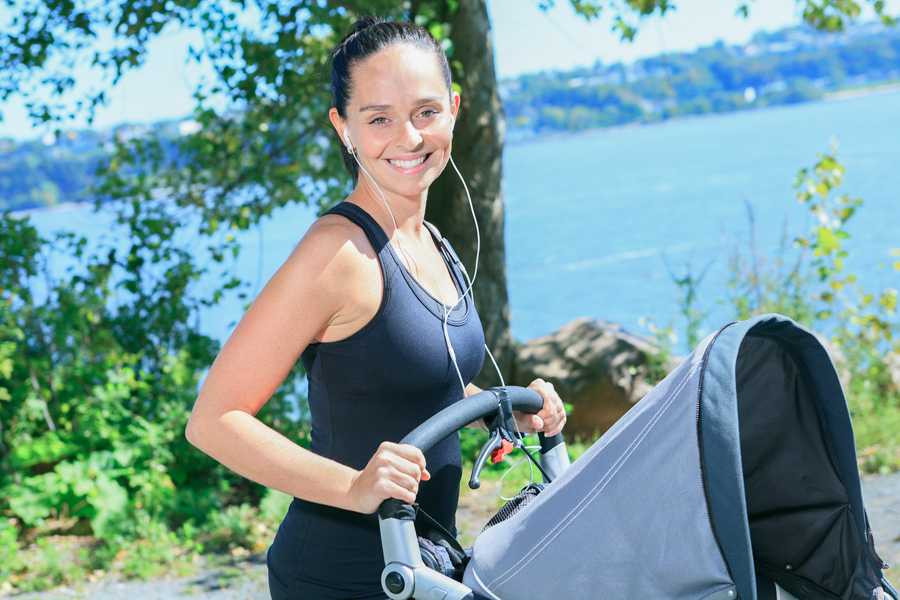
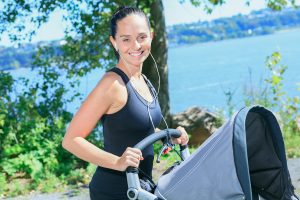 Walking
Walking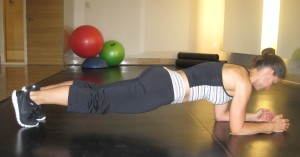 Planks are good exercises that target and tone your abs, thighs and butt. Planks are also a great way to strengthen your abs without straining your back and neck. Begin by lying on your stomach on the floor. Put your forearms on the floor beneath your shoulders and keep your back straight with your legs extended so that your toes touch the floor.
Planks are good exercises that target and tone your abs, thighs and butt. Planks are also a great way to strengthen your abs without straining your back and neck. Begin by lying on your stomach on the floor. Put your forearms on the floor beneath your shoulders and keep your back straight with your legs extended so that your toes touch the floor.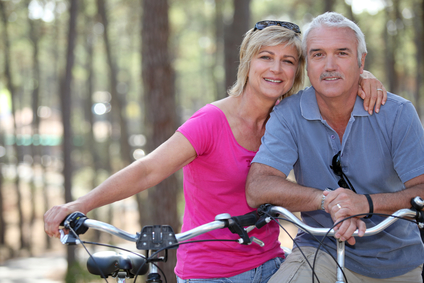

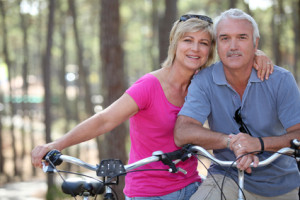
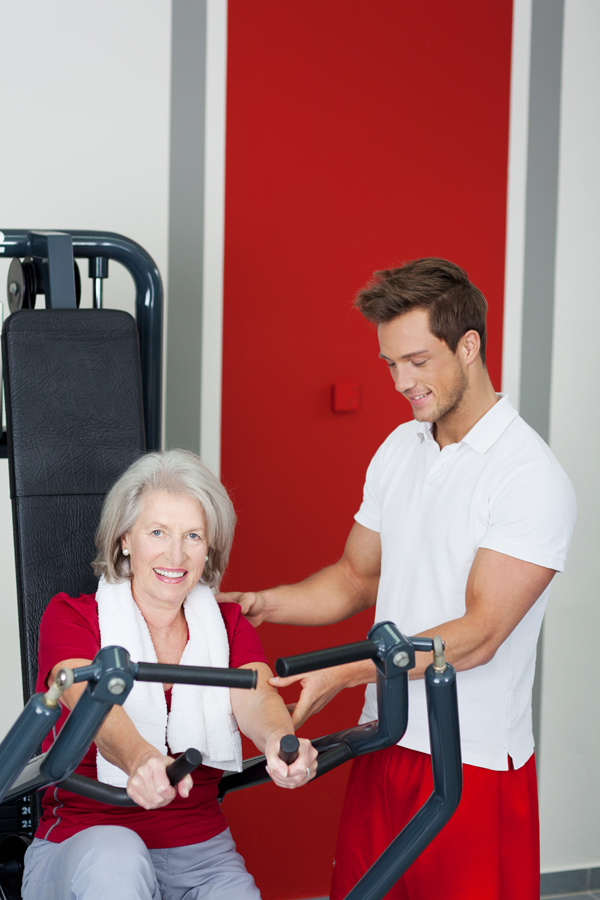

 To understand how exercise treats diabetes, it is important to understand that diabetes is the end result of insulin resistance. Insulin resistance can be illustrated in that: when we eat something with carbohydrates or sugar, our body breaks it down into blood sugar known as glucose. This glucose triggers a response from our pancreas to produce the hormone insulin. Insulin in turn shuttles the blood sugar into the cells to be used as energy. However, when someone becomes insulin resistant the cells do not respond to the insulin’s attempt to shuttle the blood sugar into the cell, so the pancreas produces more insulin to get the same job done. In essence, the cells are developing a tolerance to the insulin and in order to get the blood sugar absorbed the cells begin to require more and more insulin to do the same job. This leads to the blood retaining the blood sugar for prolonged periods of time as well as an elevated presence of insulin. When someone has prolonged high blood sugar, we call this hyperglycemia and the person is said to be diabetic. Having high blood sugar is dangerous due to the stress it places on cells. It can cause many problems up to and including death.
To understand how exercise treats diabetes, it is important to understand that diabetes is the end result of insulin resistance. Insulin resistance can be illustrated in that: when we eat something with carbohydrates or sugar, our body breaks it down into blood sugar known as glucose. This glucose triggers a response from our pancreas to produce the hormone insulin. Insulin in turn shuttles the blood sugar into the cells to be used as energy. However, when someone becomes insulin resistant the cells do not respond to the insulin’s attempt to shuttle the blood sugar into the cell, so the pancreas produces more insulin to get the same job done. In essence, the cells are developing a tolerance to the insulin and in order to get the blood sugar absorbed the cells begin to require more and more insulin to do the same job. This leads to the blood retaining the blood sugar for prolonged periods of time as well as an elevated presence of insulin. When someone has prolonged high blood sugar, we call this hyperglycemia and the person is said to be diabetic. Having high blood sugar is dangerous due to the stress it places on cells. It can cause many problems up to and including death.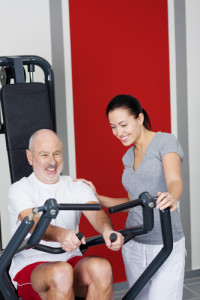 What is known is:
What is known is: